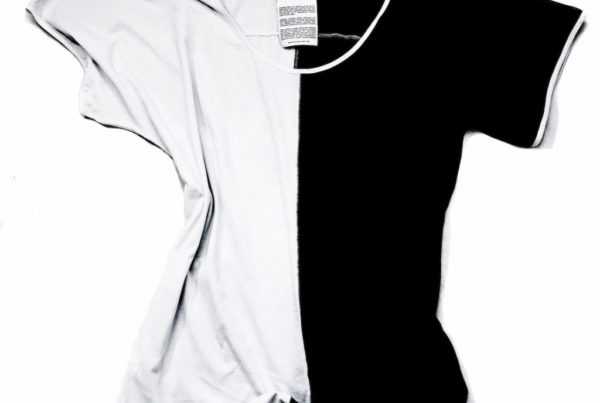The general properties of waves can be investigated through an activity on earthquakes. First, have your child research the three different types of earthquake waves. Encourage them to find the following information about each wave:
1. name of the wave
2. how quickly it travels compared to the other two
3. what part of the Earth does it travel through
4. type of wave, based on motion (compression wave, transverse wave, etc.)
5. does it cause damage to buildings
Help your child organize the information they find into a chart or data table. This can be done on the computer or by hand. Or, make a poster and add pictures and drawings. Use the chart to compare and contrast the three types of earthquake waves.
Next, have your child build a structure that will withstand the different types of earthquake waves. (Encourage them to look at the type of motion caused by each wave.) Use any type of materials such as building blocks, boxes, DVD cases, etc. In order to test their construction, have them build it on a surface that will be easy to move, such as a small table, board, etc.
Test the structure(s) by recreating the various motions of the different earthquake waves:
P waves – move the surface back and forth in a horizontal motion
S waves – move the surface up and down
L waves – move the surface in all different directions, including circular motion
Older children may then want to research how scientists are designing earthquake resistant buildings.




